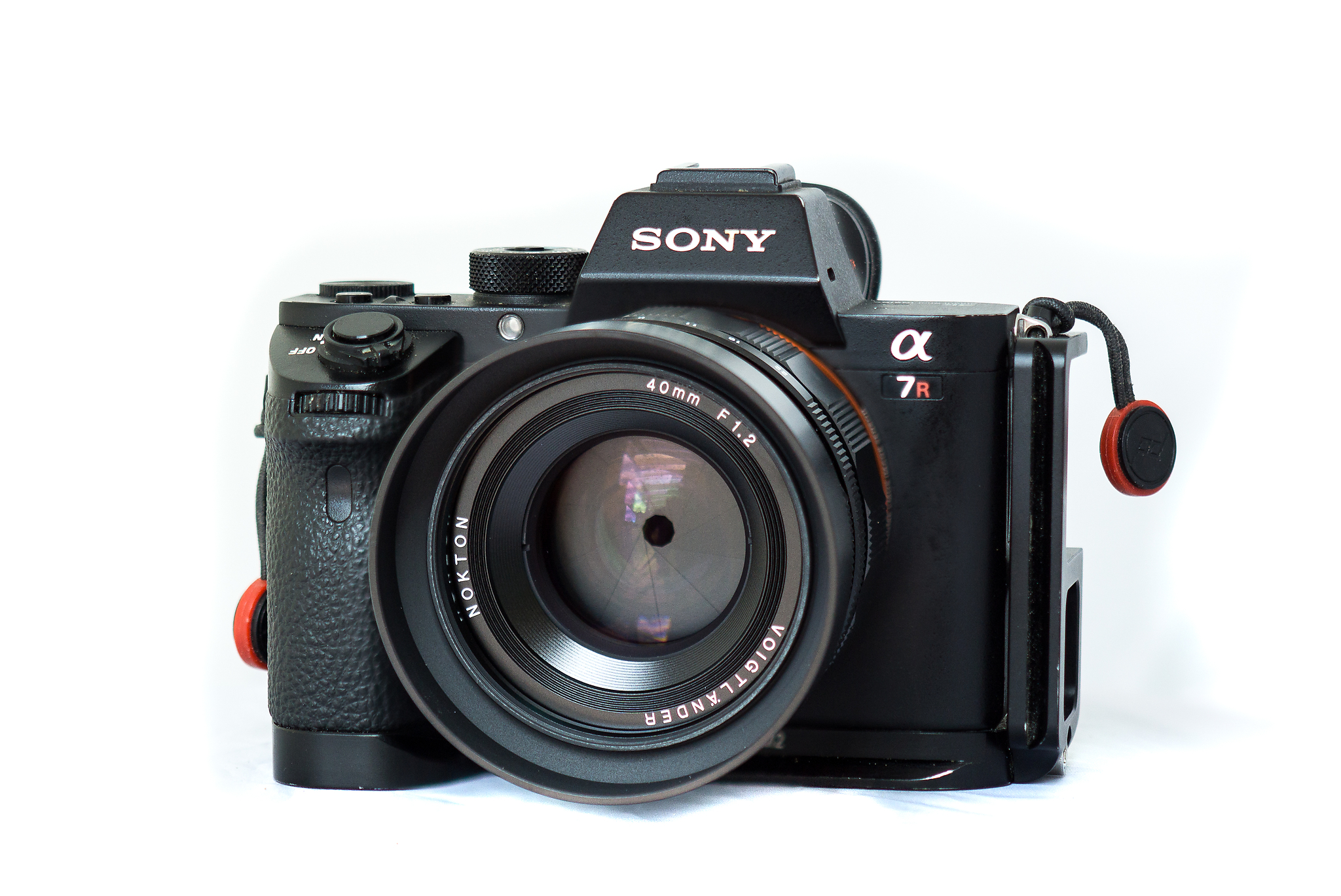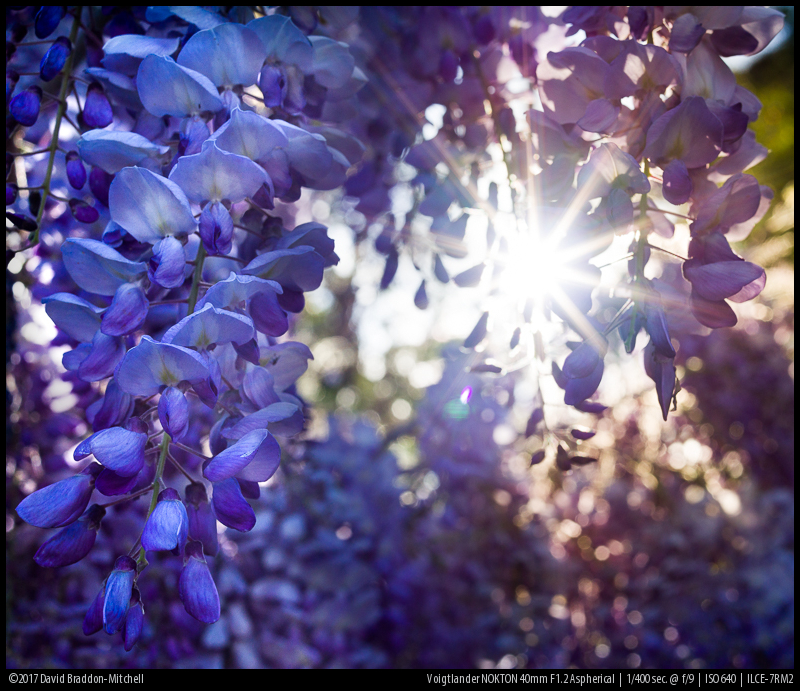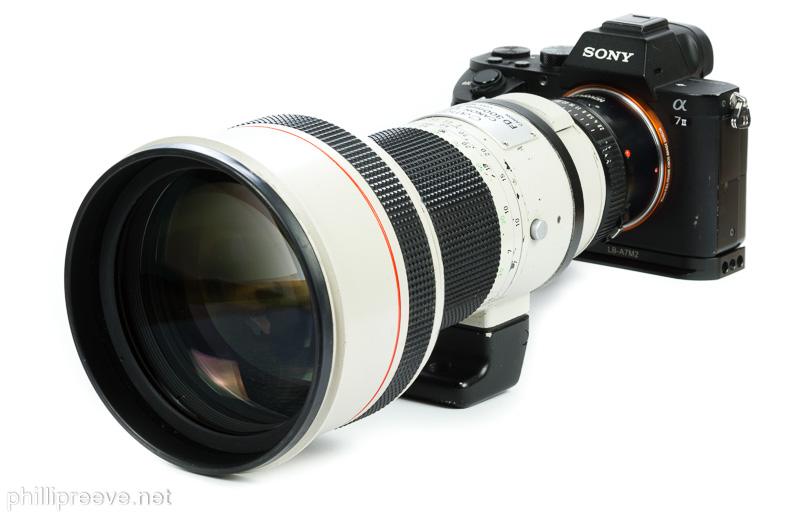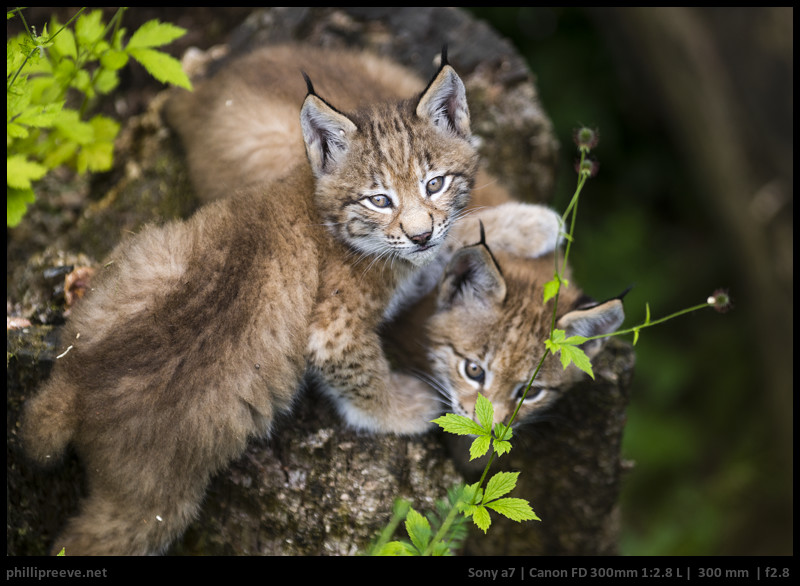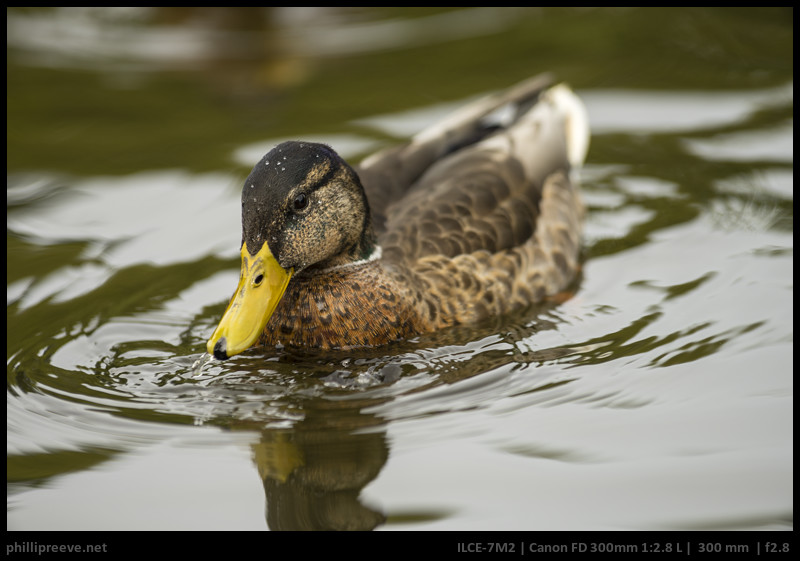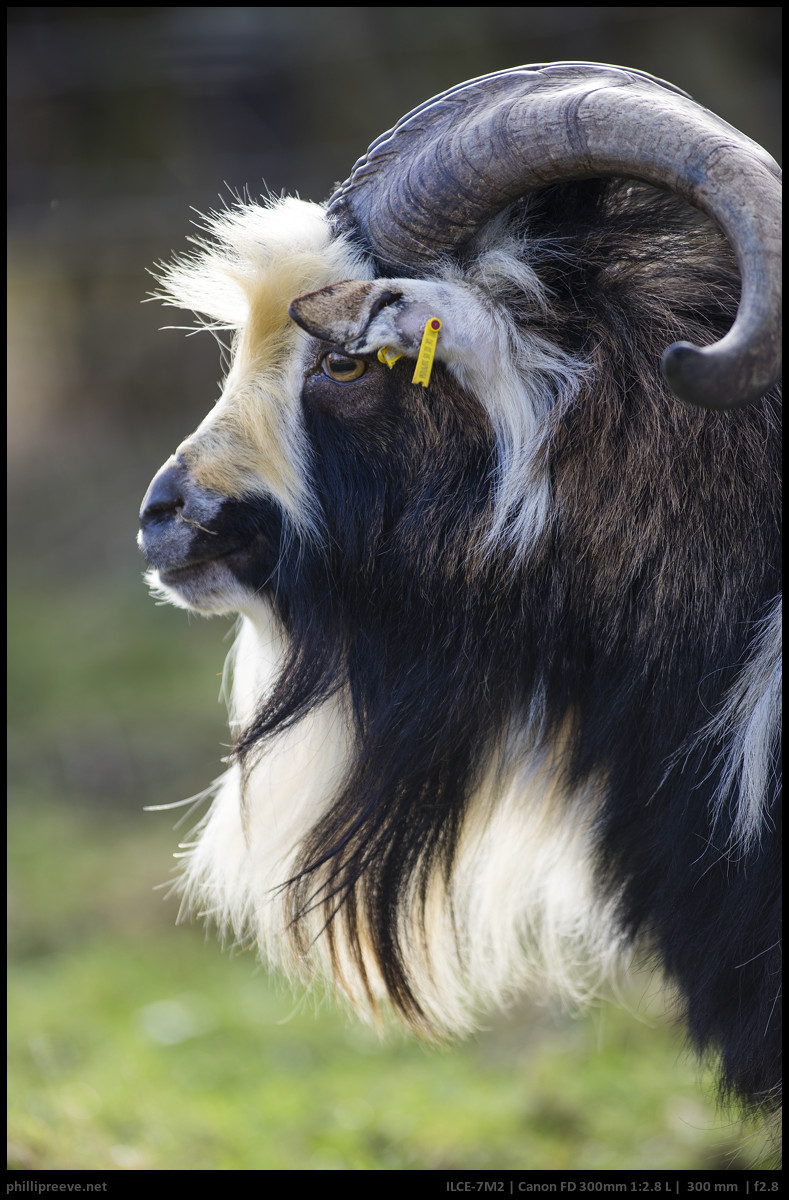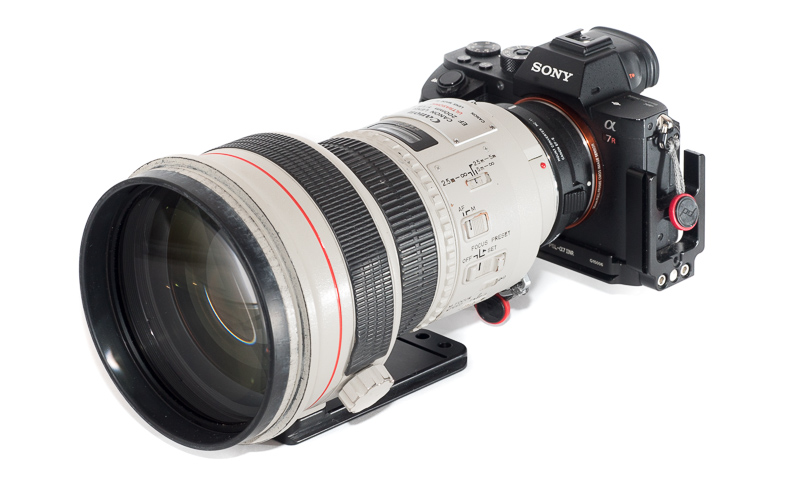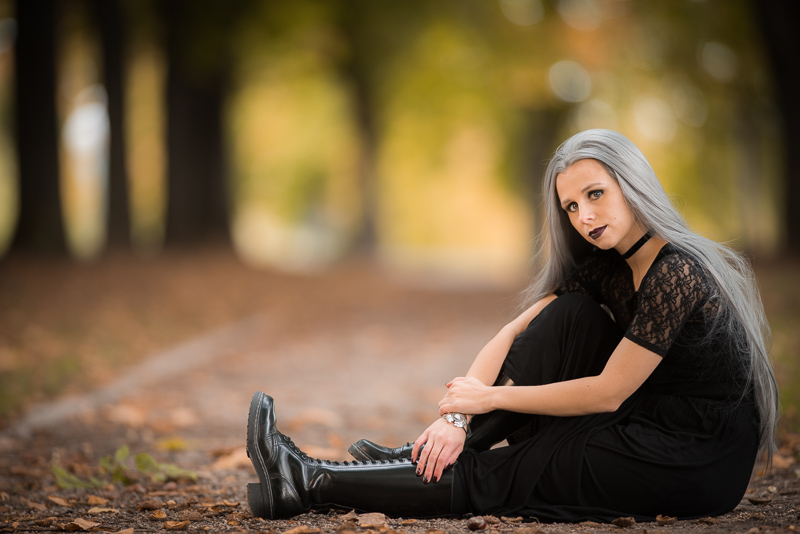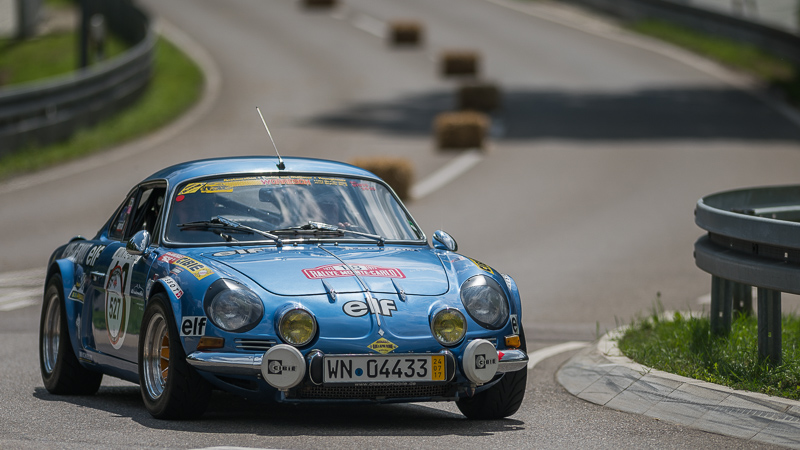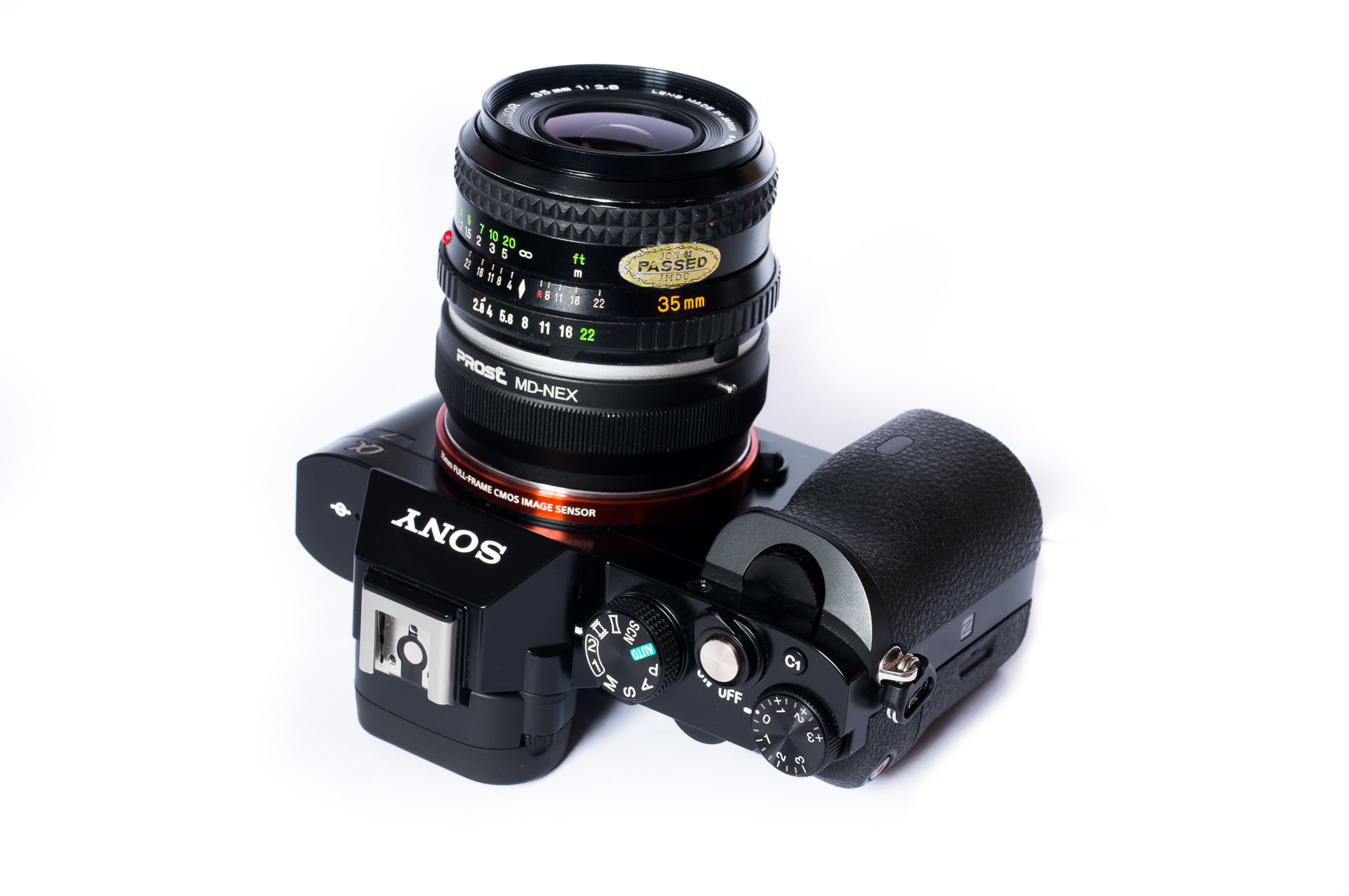
Five years ago I was a broke student and manual lenses were a way for me to get much more creative freedom and image quality for my very limited money. This post is aimed at people just like my 5-years-younger self who have a very limited budget but want to get the most out of it. I think that manual lenses are a smart way to deal with a limited budget since I wouldn’t know another way to get image quality on that level for a similar budget. Sure, manual focus can be a limiting factor for some applications but most people are surprised how far they can get with manual focus.
When I started with manual lenses there was very little reliable information about manual lenses available so I had to spend a lot of time to tell apart the good from the bad lenses. Now 5 years later I have reviewed several dozen lenses and gained a good oversight which I would like to share with you in this artice.
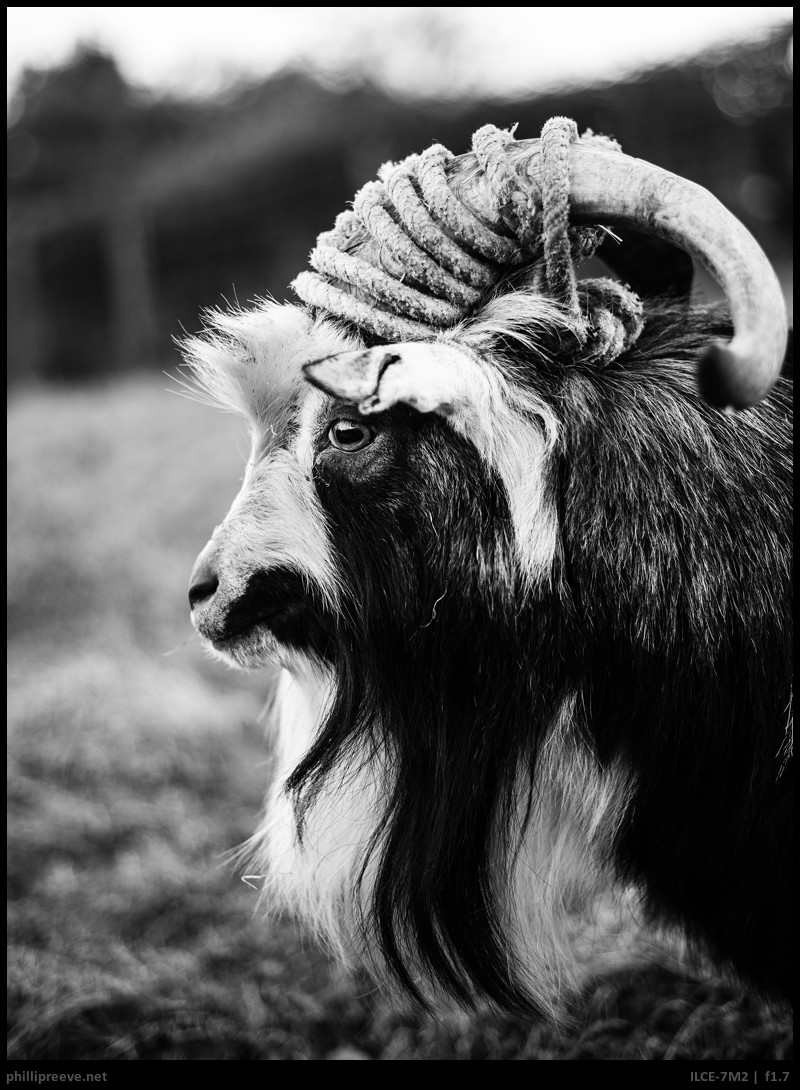
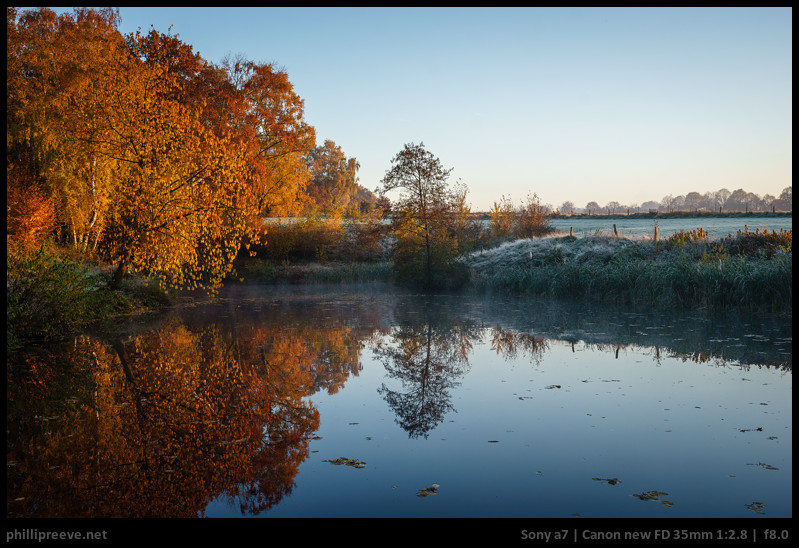
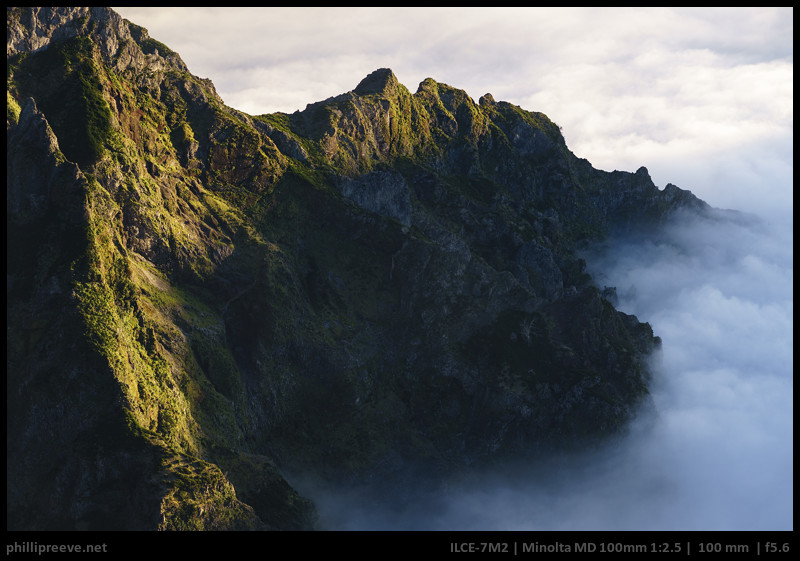
Continue reading A $400 lens kit for your Sony a7 series camera
